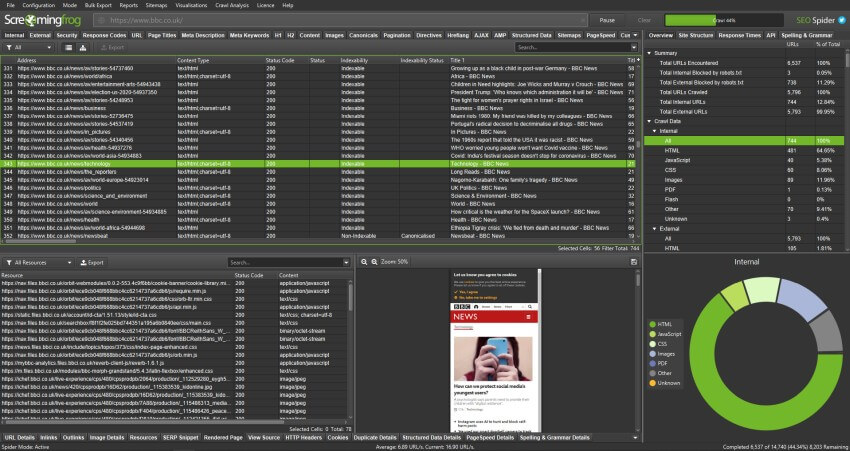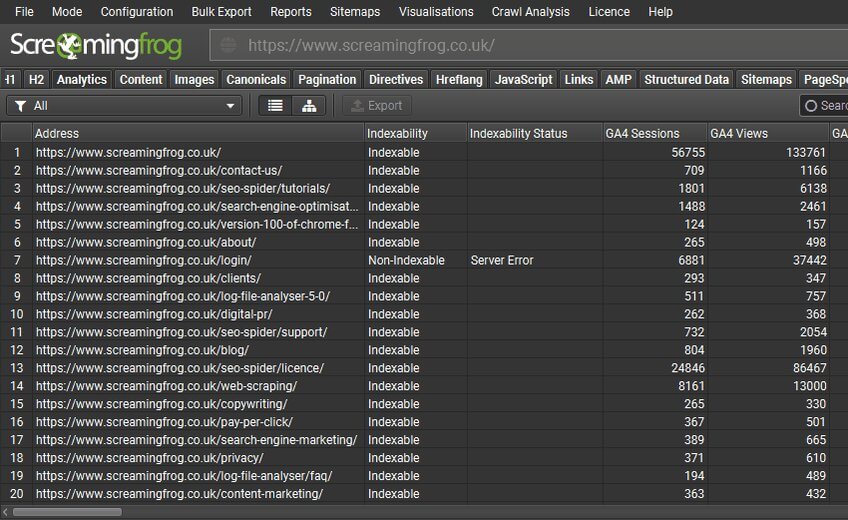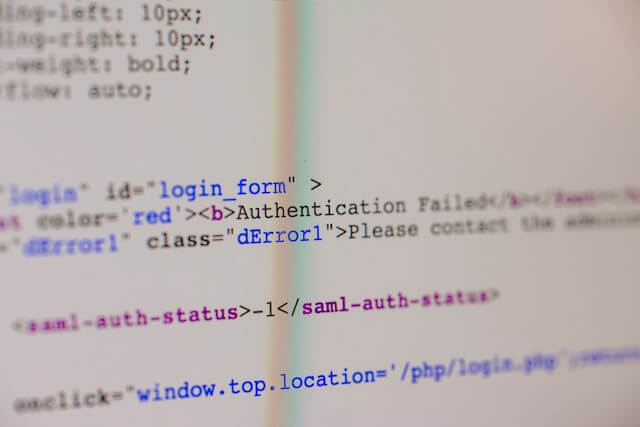The Screaming Frog SEO Spider Tool is one of the most reliable and advanced SEO tools that allow you to quickly identify any problems your website may have. It is a tool that is very popular among the crawling tools used in SEO studies and that every SEO expert uses at least once. These website scans provide important areas for you to focus on and improve your search results, while also giving you ideas on how to fix potential website errors. The Screaming Frog tool has a free version that allows you to scan a limited number of URLs, and a premium version that allows you to scan unlimitedly.
What is the Screaming Frog?

Screaming Frog is a great tool that scans the website and is used to identify existing issues. We can say that it is the most popular, even the best, among the tools that serve in this regard. Screaming is a desktop software that scans website links, images, CSS, scripts, and applications. It is a tool whose main purpose is to audit the internal optimization criteria that are important for SEO and to provide relevant reports to its users.
The tool provides its users with page count, title count and meta descriptions, broken links, and more. Based on this information, you can optimize your websites. To summarize what Screaming Frog is, it is a small-sized program that can be installed on Windows, Mac, and Linux computers. Website components also scan images and static files, reporting nasty errors to the search engine. By obtaining this information, it provides a quick analysis and evaluation of your site Time is saved by using Screaming Frog instead of searching manually.
How to use the Screaming frog?
To use the Screaming Frog software, you must first download the appropriate version (Windows, Mac, or Ubuntu) for your device. When you run the installation file downloaded to your computer, you need to complete the installation steps. After that, the installation will be completed and Screaming Frog will be available on your computer. When you first run Screaming Frog, if you don’t have a paid plan, you’ll be able to scan for a website with a maximum URL scan limit of 500. After downloading and installing the program, enter your website in the domain name section at the top and press the Start button. The more content you have on your website, the longer the crawl time will be. If your Crawl domain is 100%, it’s time to check your website for errors.

Check Response Codes
The Response Codes section is a section that provides information about the HTTP response codes of all URLs on the site you are browsing. Here it shows what response code your URLs responded to in your crawl. Also, if any of your URLs have a redirect, the details of the redirect are listed in the Redirect URL and Redirect Type fields in the side columns. Again, from the section on the side panel, you can use the response code filters (Blocked by Robots.txt, Blocked Resource, No Response, Success (2xx), Redirection (3xx), Redirection (JavaScript), Redirection (Meta Refresh), Client Error ( 4xx), Server Error (5xx)), for example, you can filter only URLs with 4xx Client Error response. The most important status codes are:
- 200: Successful
- 301: Permanent redirect
- 302: Temporary redirect
- 404: Not Found
- 500: Server access error
- 503: Unavailable
Check for URL Errors

The URL tab in the interface is a section where you can see detailed data about URLs on the website you are scanning. In the URL tab, you can view the HTTP response code of your URLs, the URL length and the hashed version of the URL, the Canonical URL, and the encoded version of the URL. n addition, you can filter your URLs as Non-ASCII Characters, Underscores, Uppercase, Multiple Slashes, Repetitive Paths, Contains Space, Internal Search, Parameters, Broken Bookmark, and Over 115 Characters by filtering from the side panel. You can start with long URLs first, try to keep URLs shorter than the standard length.
Check page titles
Page titles are one of the most important criteria you should pay attention to. Each page should have a unique title containing the keyword. It is one of the most important criteria that needs to be corrected with this audit, which will provide significant increases in the click-through rate. Here you can see the title text of your URLs, the number of title characters, and the title pixel width. Using the filters on the side panel, you can filter your URLs such as Missing Title, Duplicate Title, Over 60 Characters, Below 30 Characters, Over 561 Pixels, Below 200 Pixels, Sames as H1, and Multiple.
Check meta descriptions
Technically, meta descriptions are HTML qualifiers that can be defined as small descriptions written for your users to see on search engine results on pages. Visually, they are gray short description texts under clickable blue links on search engine results pages. You can also check the meta description tags for all your crawled URLs from the Meta Description section. You can view information such as the meta description text of your crawled URLs, the number of meta description characters, and the meta description pixel width in this tab. You can also filter by using the tabs on the side, such as Missing Description, Duplicate Description, Over 155 Characters, Below 70 Characters, Over 1.011 Pixels, Below 400 Pixels, and Multiple. Meta descriptions are descriptions that are longer than the title, which you need to keep under 160 characters, which will increase the click-through rate in search engines. You should write a meta description of your web design’s content with important keywords that will help you maximize click-through rates and stay ahead of your competitors in rankings.
Control your images
Here you can find a list of all the images found during the scan, used on the website. This section will include URL paths, how many times the image is used, its size, and filtering by alt attributes. It’s a feature you should consider in terms of improving performance.
Although high-resolution images look visually beautiful, they can consume a lot of bandwidth, so the size of the images should be under 100 kb. In addition, you can use filters such as Over 100 KB, Missing Alt Text, Missing Alt Attribute, and Alt Text Over 100 Characters and examine your images separately in these categories.
In addition, you can integrate many tools in the advanced features of Screaming and perform more advanced analysis. Besides being completely free to use, it is one of the most important tools you should use, and you can click here to download it.


